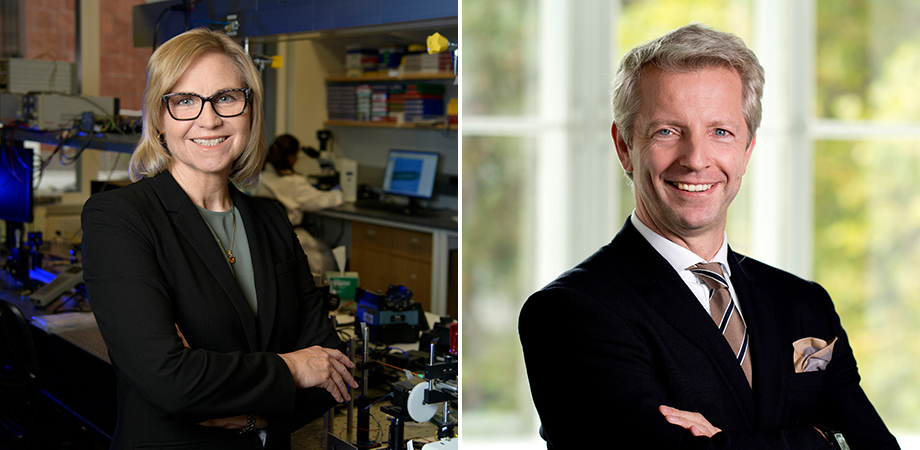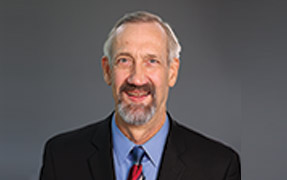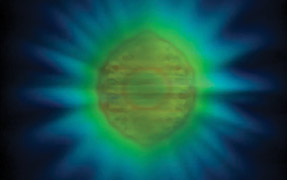New Chairs Lead Photonics West BIOS 2020

After 15 years as co-chairs of the SPIE Photonics West BiOS Symposium, Rox Anderson and James Fujimoto are passing the baton to Jennifer Barton, Director of the BIO5 Institute at University of Arizona, and Wolfgang Drexler, Head of the Center for Medical Physics and Biomedical Engineering at Medical University of Vienna.
Drexler brings his experience of managing a large research center that focuses on the development of cutting-edge technology for translational medical diagnosis and therapy, as well as nearly 30 years of experience in optical imaging.
Barton brings to this leadership role her experience as director of an interdisciplinary institute that tackles the big problems, such as how to detect cancer earlier, how to feed nine billion people, and how to have a health span that matches our lifespan. This type of big-picture thinking, combined with an emphasis on interdisciplinary collaboration, is well aligned with the BiOS Symposium.
Barton emphasizes the importance of interdisciplinary research, both at Photonics West and in academia. "There's still a need for disciplines—people need to be well-trained in a specific field—but the problems have become so complex that there's not a lot of headway being made by strictly staying within your own discipline," she says. "If we can put new people together, they may work together. For example, something like sensors for health involve optical sciences, health sciences, and engineering."
Drexler agrees that the cross-pollination of ideas that takes place at Photonics West is important to attendees, since the BiOS Symposium precedes the co-located LASE and OPTO Symposia. "On the weekend you have these more biomedical-oriented meetings that are a hybrid between technology and clinic, then the week transitions into the more engineering- and science-driven sessions," he says.
In addition to reinforcing the interdisciplinary nature of BiOS, the co-chairs believe it's important that BiOS maintains a balance between academic and industry, research and clinical. Drexler recalls that 20 years ago, the BiOS Expo had just 10 or 20 companies, but now there are more than 200 exhibitors. "It's good for students to see that there's industry for them to go to work in, not just academia," he says.
Likewise, Barton thinks the involvement of industry is important to the success of biophotonics research. Even with the most basic discoveries, she thinks it's important to have an eye toward how they are going to translate, either bench to bedside, or bench to marketplace. "I would absolutely love to have more industry participation in BiOS," she says. "I think it's good already, and can always be better."
Barton and Drexler are committed to ensuring that the BiOS Symposium remains technologically relevant in these rapidly changing times by looking for new trends and activities. In fact, they've gotten an early start by adding three new conferences to BiOS 2020.
A conference focused on biophotonics and exercise science will cover wearable technologies, which incorporates a broad range of sciences, including sensor technologies for gathering the data, transmission of that data to a server, data analysis, and finally implementing a feedback loop back to the person or environment.
Another new conference for 2020 focuses on optical and radiation source technologies, two central pillars for human medical imaging and therapy. Both radiative and optical techniques have their strengths and weaknesses in medical imaging, and this conference will explore their interaction.
The third new conference is multiscale imaging and spectroscopy, which is intended to address the development and applications of single and multimodality techniques that characterize biological systems over multiple temporal, spatial, or contrast scales. For example, if optical technologies provide a microscopic view, and modalities like MRI provide a macroscopic view, how do you combine those data in a clinically useful manner?
Drexler and Barton are both very busy people who run large centers while still conducting their own research. As for why they would want to take on such a large volunteer role as co-chairing BiOS, Barton doesn't hesitate. "It's the conference in biomedical optics, so who wouldn't want this job? SPIE has done an amazing job bringing this community together and growing this conference, and I feel like I've grown up with it. It's really very exciting to have an opportunity to help lead it."
Drexler adds, "I feel very honored to be the first European co-chair of this prestigious conference, and being allowed to shape it to continue to be an exciting event for the entire scientific community. In this way I can give back for what I gratefully received over the last 20 years."
| Enjoy this article? Get similar news in your inbox |
|



